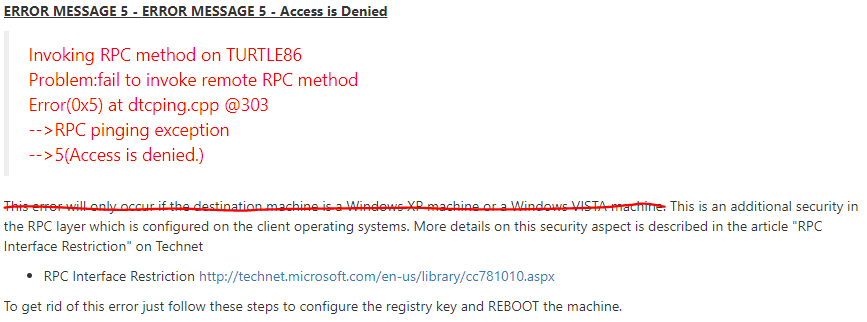I don’t know about your experience when it comes to SQL Server Agent jobs but often I receive requests to grant permission so that clients can handle their jobs in an autonomous way.
Any problem with that?
It depends 😄 If you’re not familiarized with the difficulty this can bring, let me share with you a different way to accomplish the task without adding the login to the sysadmin instance role. I’m sure that you don’t want to do that on a production instance. The next possible way is to make the login as the owner of the job and it needs to belong to one of the msdb fixed database roles ! You can take a look at this documentation and see the matrix there for each role.
